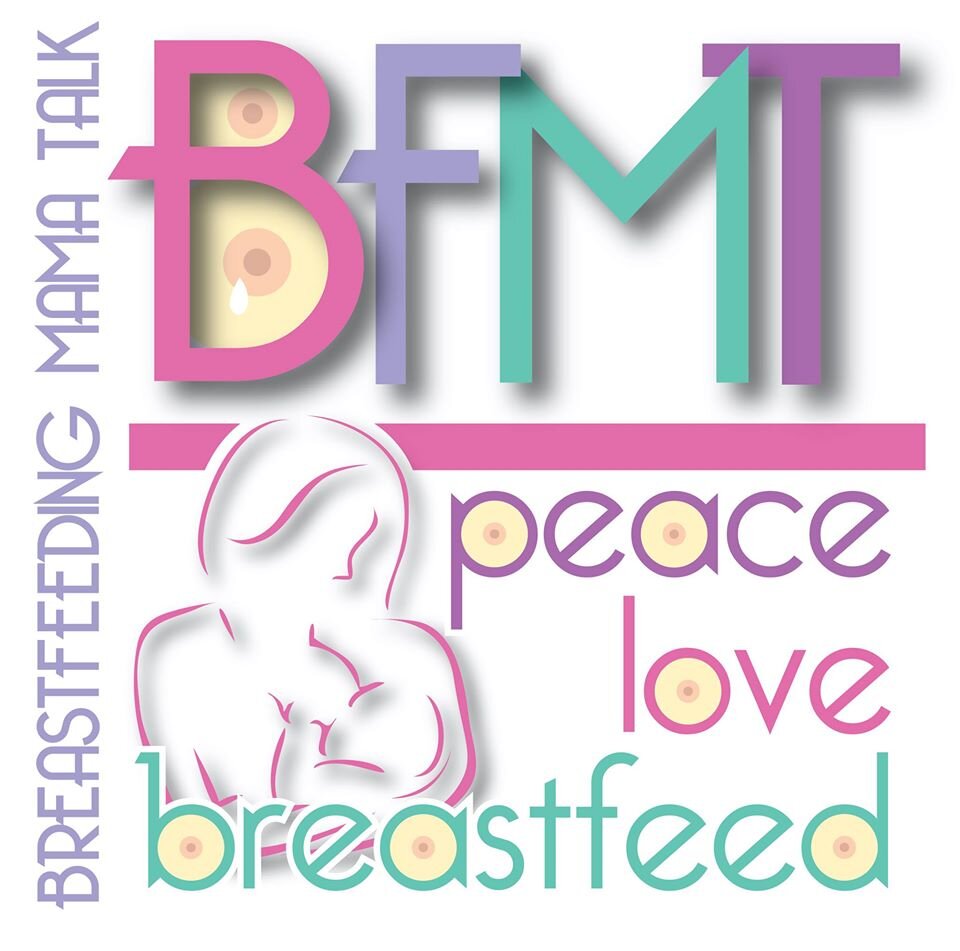Engorgement, Clogged Ducts, and Mastitis
By: Aimee Jackins
Engorgement is that feeling when your breasts are rock solid and probably painful and tender. Typically it happens either when your milk comes in or baby is not eating as usual for whatever reason (for example, you left baby for the afternoon with their grandma and you did not pump to replace the feedings). With the second option the answer for it is quite simple, to pump or hand express so your breasts are emptied similar as to if the baby was eating. The first option can be a little more difficult. Although you can hand express or pump a little, it is important to remember that whatever the amount you express, your breasts will make again. As this is a period of learning how much baby needs and your supply is regulating, dealing with engorgement by milk expression can make the cycle continue, with too much milk being made that is not being consumed by the baby (this is potentially dangerous as we will discuss later on). The ways to deal with pain and discomfort from engorgement are:








